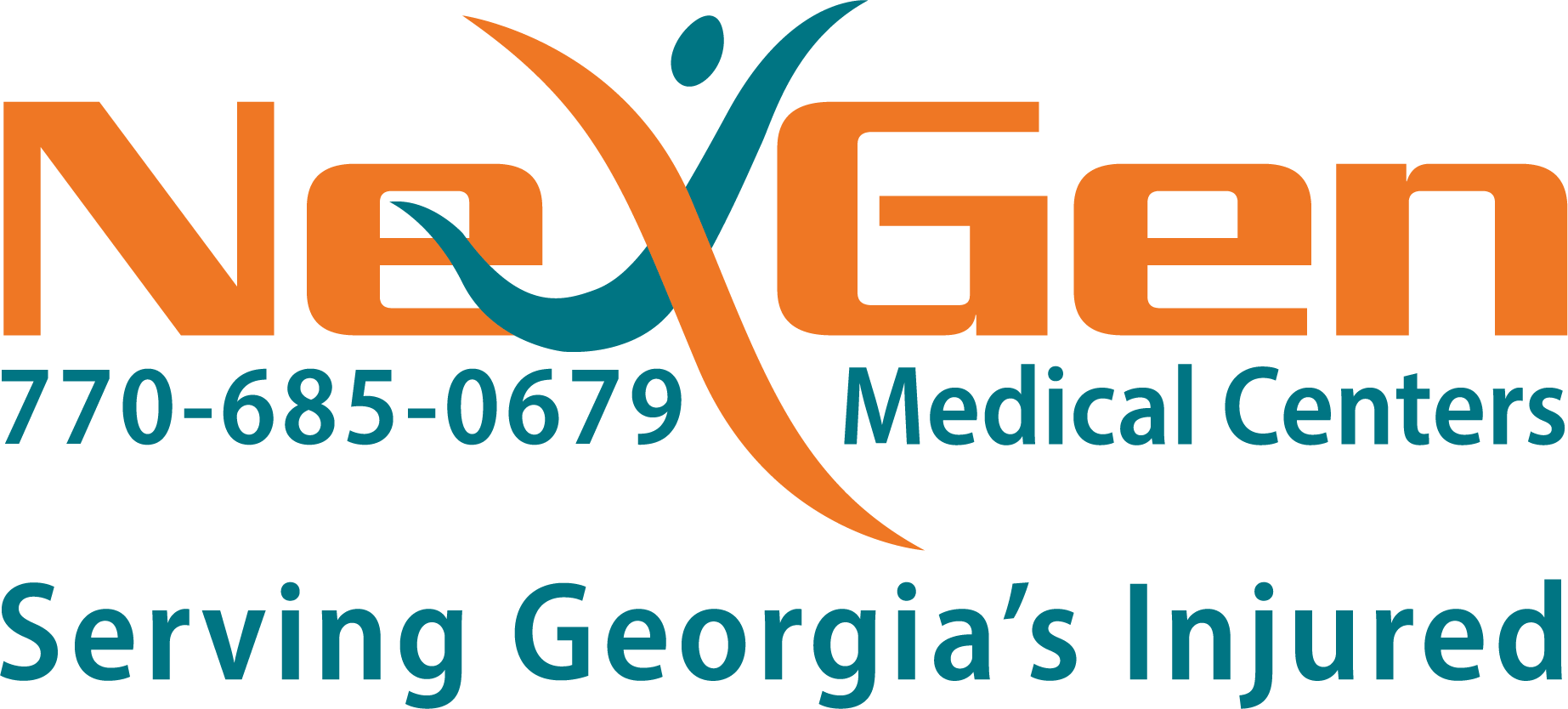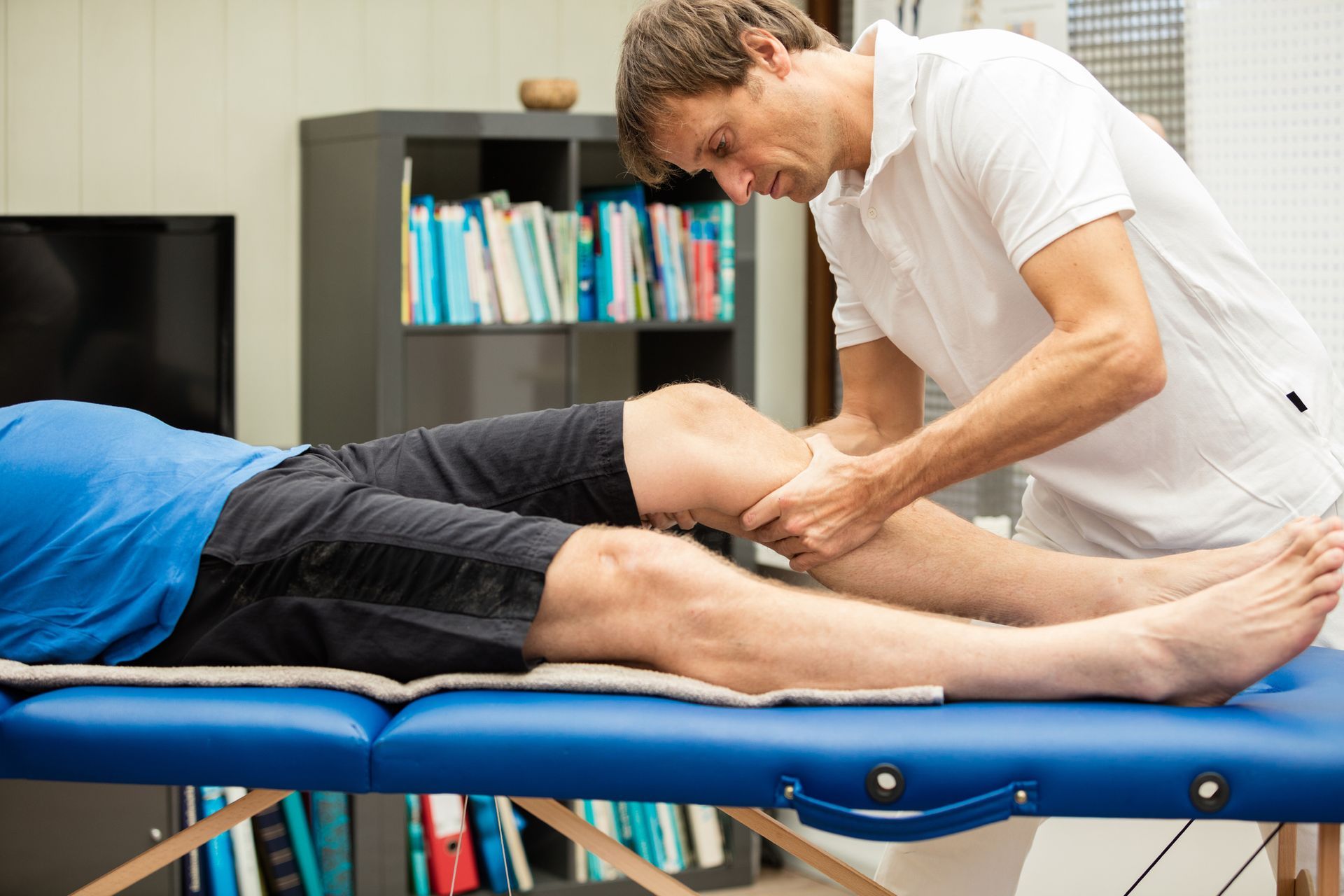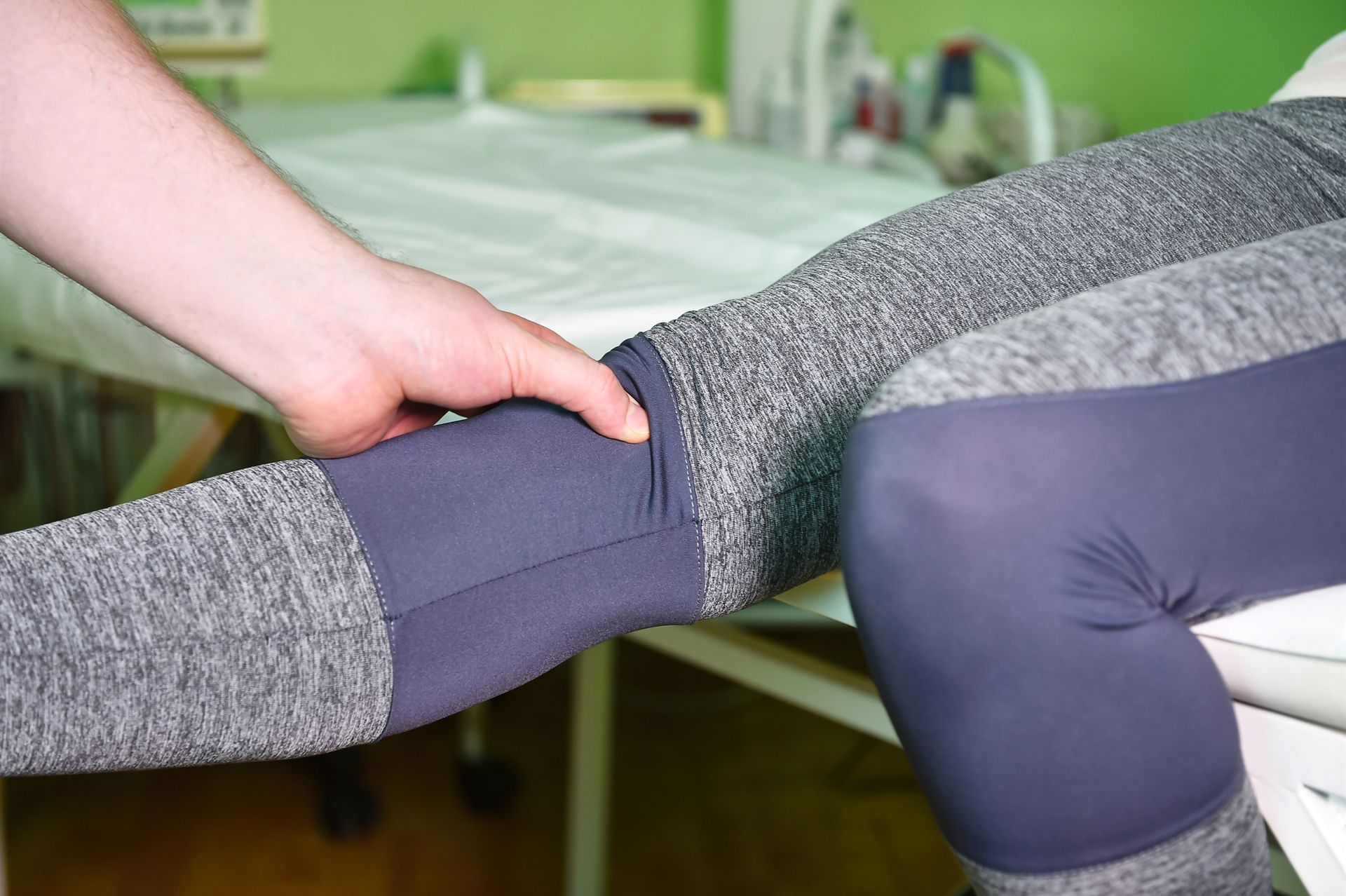How to Explain your Pain to a Doctor

Describing pain to a doctor is very hard, even for most adults. There is always the risk of the doctor not understanding or taking your pain seriously if you do not express yourself properly. Those suffering from chronic pain, CRPS (complex regional pain syndrome), diabetic neuropathy, or RSD (reflex sympathetic dystrophy) have an even harder time. The process can be both physically and emotionally taxing.
Learning how to talk to your doctor about pain will help explain your pain efficiently to the doctor and get help accordingly. Here are some tips that can help explain your pain to a doctor. You can visit pain management clinics in Riverdale to get help if you are dealing with chronic pain or other painful diseases.
How to Explain Your Pain
Pain varies from patient to patient, and what might be extremely painful to you might be just an unpleasant sensation to someone else. Here are a few tips on how to describe the pain to a doctor so you can be treated at your exact pain level:
- Where: Point out on your body the parts where you feel the pain. A doctor might provide you with a human figure picture and instruct you to mark where the pain is concentrated. You need to note if your pain is on the surface or below for a more accurate description.
- What: you need to use descriptive words to explain the type of pain you are experiencing. These can be words like: aching, burning, gnawing, shooting, piercing, or pinching. You should also describe the sensations you are experiencing using words like: nauseating, numbing, throbbing, itching, or sensitive to touch. You might experience multiple sensations at once and it is important that you outline all of them to your doctor.
- When: It is crucial to explain to the doctor how long you have had the pain, how frequently it comes, and how long it lasts. If you have tried any methods to reduce the pain, tell them to your doctor, including those that have worked. This goes a long way in making a proper diagnosis.
- How much: Having a pain scale helps the doctor know how bad the pain is. Most doctors have a 10 point pain scale, with 0 being pain-free and 10 being unspeakable pain. The numbers in between show varying levels of pain, ranging from manageable pain to excruciating pain. You can make and carry your own pain scale in case the doctor’s office does not have one.
Keep a Pain Journal
Knowing how to describe your pain is important if you are to take advantage of regenerative medicine in Atlanta. Try documenting your pain as early as a week before meeting the doctor. Include ways in which the pain impacts your life so that the doctor can have full context of it.
Pain Management Clinics in Cumming
Various pain relief studies are underway to help people deal with chronic pain. Application of regenerative medicine in Atlanta has seen big strides in the past years. Visit pain management clinics in Cumming to get expert help on your pain.
BUSINESS HOURS
Monday – Friday
9am–5pm
Saturday - Sunday
New Patient Telehealth from 9am to 9pm



